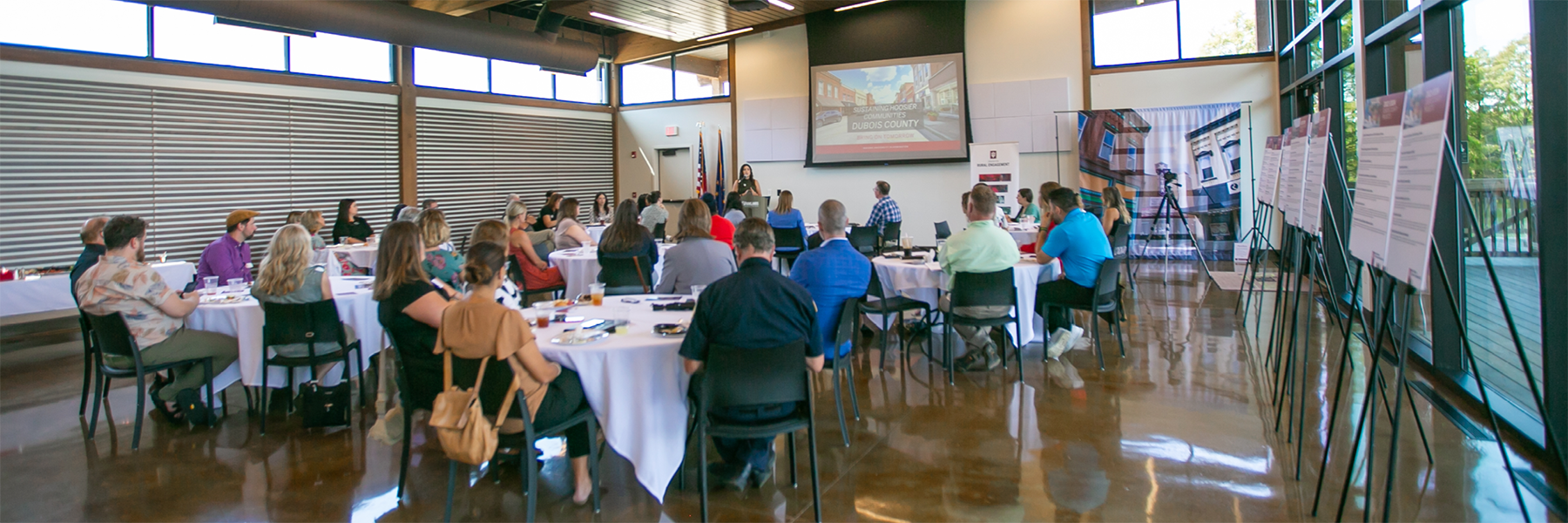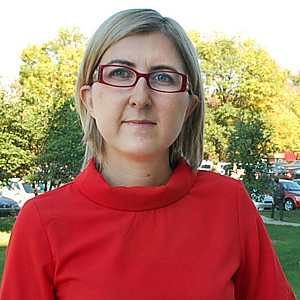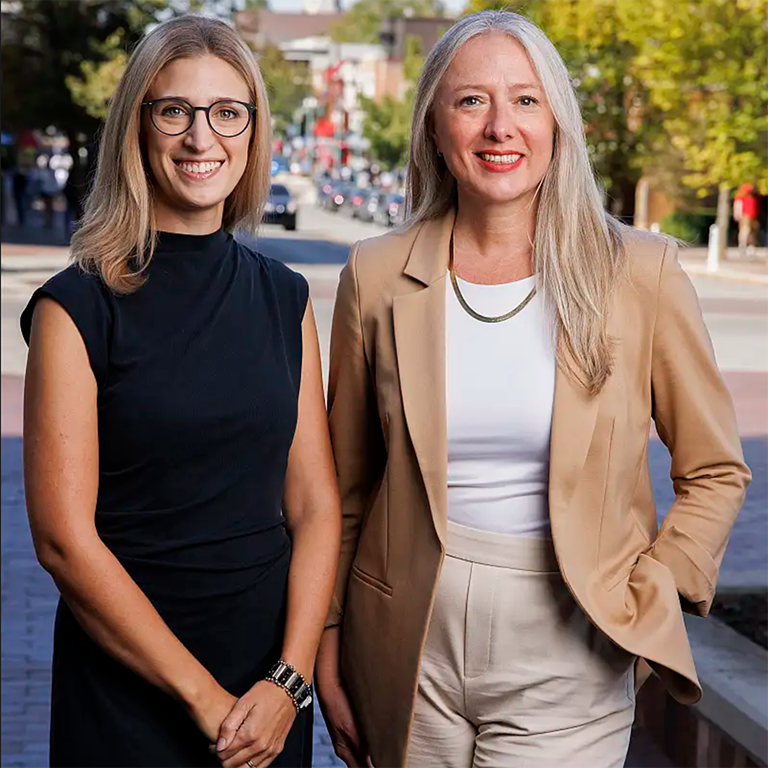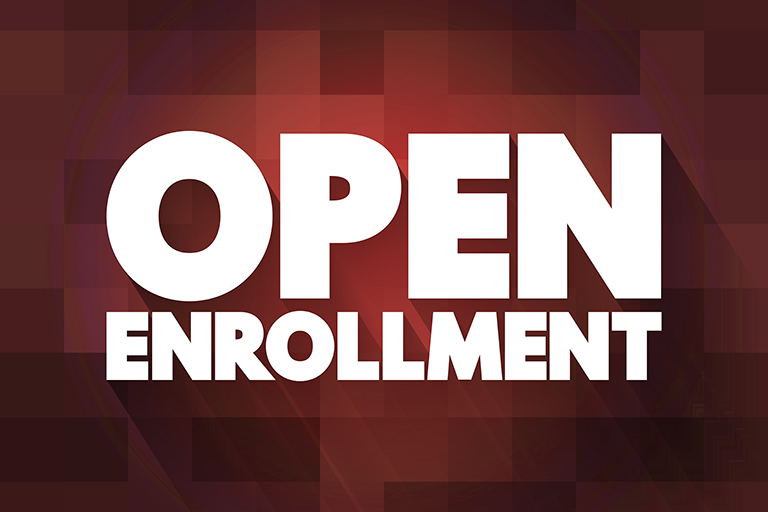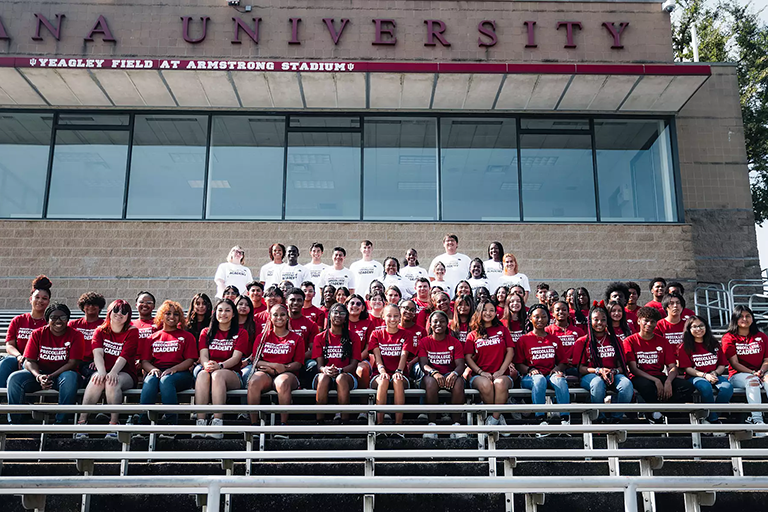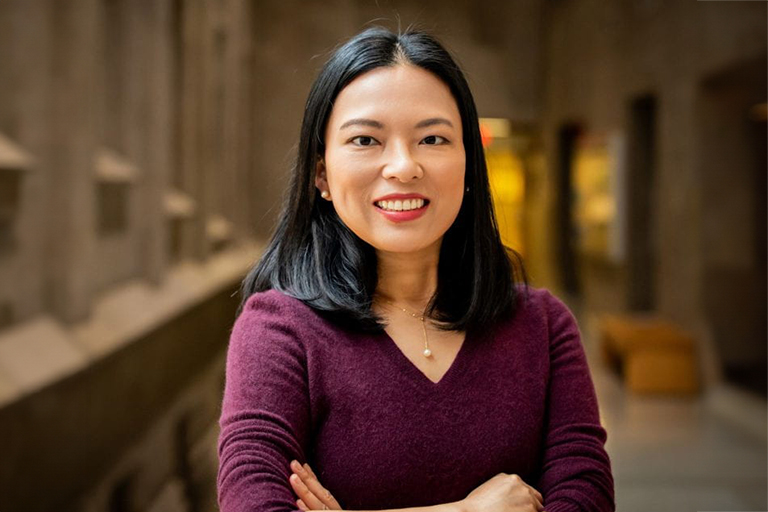October 29, 2024
As I meet regularly with leaders and colleagues across Bloomington and our region, I am often reminded of the incredible impact and connection we have in the lives of people across the state.
It is easy to see on football Saturdays, especially this record-setting fall, when our stakeholders from across the state join us to cheer IU. But it is equally vivid in the smaller towns and communities where IU, through our faculty, staff, and students, has a daily presence in improving the quality of life and fostering growth.
One of our key goals through the IUB 2030 plan is to make IU’s expertise and resources even more accessible and impactful for the state’s communities. Navigating a large and complex campus like ours in Bloomington can be daunting for those in the community. That’s why we must all be committed to increasing connection points and creating an “open front door” for everyone.
What we have to share
This fall, we’re undertaking an important effort, part of again pursuing the Carnegie Foundation’s Elective Classification for Community Engagement, to understand all the community-engaged work led by faculty, staff, and students across IUB. This “self-study” will guide leaders in making new community connections and supporting all the significant faculty-led collaborations already having vital impacts across the state.
From efforts aimed at planning and infrastructure to sustainability and natural resources, our community-engaged faculty bring invaluable expertise to address the challenges faced by local communities and drive innovation. As one recent example, consider the new $7.2 million EPA grant secured by our faculty member Marta Venier, assistant professor in O’Neill, to tackle forever chemicals in the Great Lakes. And moving forward, we want to ensure that our research, teaching, and service even more fully address the needs of Indiana and improve the lives of Hoosiers.
Strengthening rural communities
A crucial way we support faculty in these efforts is through our Center for Rural Engagement, which is doing remarkable work with over 123 rural communities in Indiana. Only six years since the Center’s founding, it’s inspiring to see how far we’ve come together. To date, over 100,000 residents have participated in more than 400 initiatives, all aimed at enhancing lives and creating real, impactful connections.
Credit goes to faculty and our fantastic CRE team, including executive director Denny Spinner, whose leadership and broad relationships across Indiana continue to spur new and increased opportunities for impact. I would also acknowledge the important efforts of former CRE executive director, Kerry Thomson, now mayor of Bloomington, with whom we continue to collaborate closely in helping our town and region thrive.
I am particularly excited about an upcoming CRE initiative, a new faculty tour of Indiana, launching in August 2025. This initiative will give our newer faculty an up-close chance to immerse themselves in Indiana’s communities, fostering a new understanding of unique challenges and opportunities. By experiencing the region firsthand, our faculty can better tailor their research and teaching to meet the needs of these communities more effectively.


